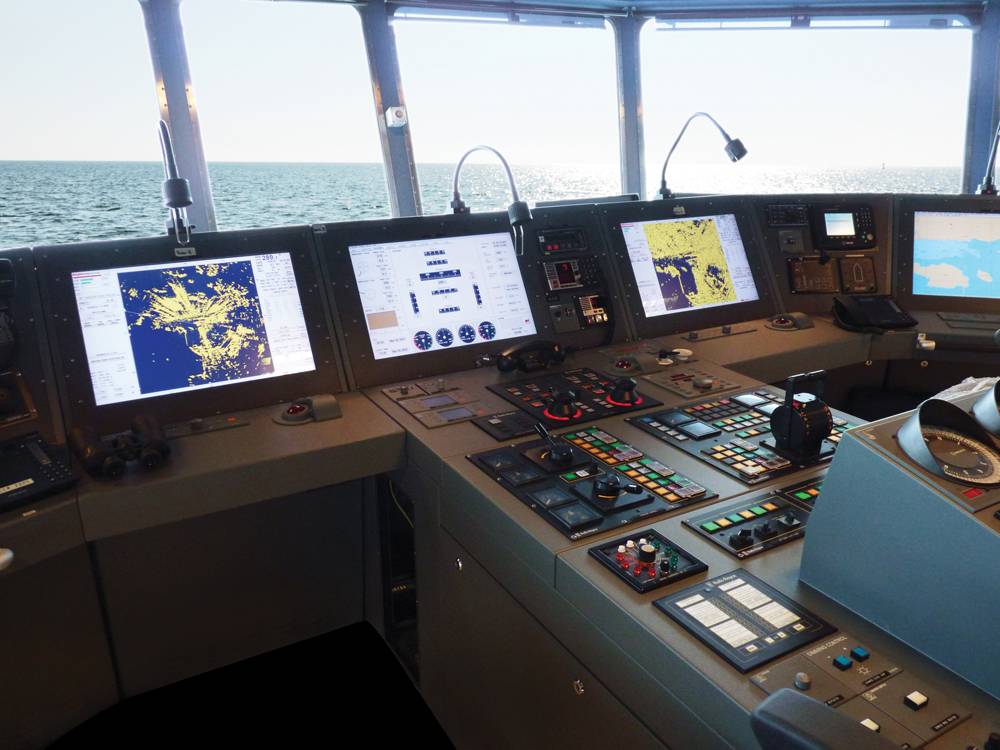REAL-TIME NAVIGATION ASSESSMENT

Accredited Navigation Assessor
A review of studies carried out by the IMO and other organizations suggests that well over 75% of all navigational accidents are caused by human error. Whilst some accidents are the clear result of ignorance or reckless behavior, many more are caused by complacency, fatigue, over-reliance on technology, and a general attitude, both onboard and in the office, that the practice of navigation is somehow not a priority activity. A number of high-profile accidents involving loss of life, extensive pollution, and enormous financial costs should leave no one in any doubt that safe navigation is of the utmost importance, but the view that navigation is a peripheral activity still persists.
The aim of a Navigation Assessment is to redress the balance and focus the minds of both the ship’s bridge team and the management ashore on the importance of safe navigation.
All shipping companies carry out some form of navigational audit. This is usually done as part of a wider ISM audit, and whilst some companies do specify that navigation has to be audited whilst the vessel is at sea, it is often the case that these audits are conducted in port.
The idea is that a Navigation Assessment differs from an audit in that it allows the real-time taken to carry out navigational activities to set the pace of the assessment, rather than compressing an audit into the time available. The aim is to have a thorough look at how a vessel is being navigated and provide guidance and assistance where required. Whilst the difference between “Audit” and “Assessment” may be difficult to define, the key features of the Navigational Assessment are as follows:
- It is conducted in real-time at sea
- It is longer than a standard ISM audit
- It is more detailed
- It is “Non-invasive”, or at least less-invasive – the majority of the assessment is actually observing policies being followed and procedures being implemented, (the idea being that crew will behave as they would without the assessor being present)
- It is possible to observe equipment being operated and tested. (radars, ECDIS, AIS etc.)
- The pace of the assessment is governed by the activity (e.g. pre-departure checks require a minimum finite time to complete, to observe the 4-8 watch will take 4 hours minimum)
- The time spent reviewing historical records can be reduced (as it is possible to see the records actually being created and hence confirm their correctness.)
- The officers being assessed can ask questions and make suggestions at any time
- Any Corrective Action can commence immediately and be seen to be effective before the end of the assessment (reducing follow up for the ship owner / manager)
- Examples of good practice can be adopted as company policy and shared throughout the fleet
What do we DO!
Each assessment may be broken down into the following parts:
- Review of policies & procedures
- Review of bridge equipment
- Review of bridge ergonomics
- Passage planning
- Charts & publications
- Watchkeeping skills and Bridge Team Management (including COLREGS)
- Meeting & findings (Note: the assessment does not have Non-Conformities, Deficiencies or Observations, it has “Findings”)
Our team consists of Nautical Institute Accredited Navigation Assessor who can board vessels to carry out the real-time Navigation Assessments. Typically the assessment is conducted during a short coastal sailing of about 3-5 days. The assessment will attempt to cover the open sea, coastal and confined waters navigation practices.
For further details and get a quotation for this service, please feel free to contact us.
